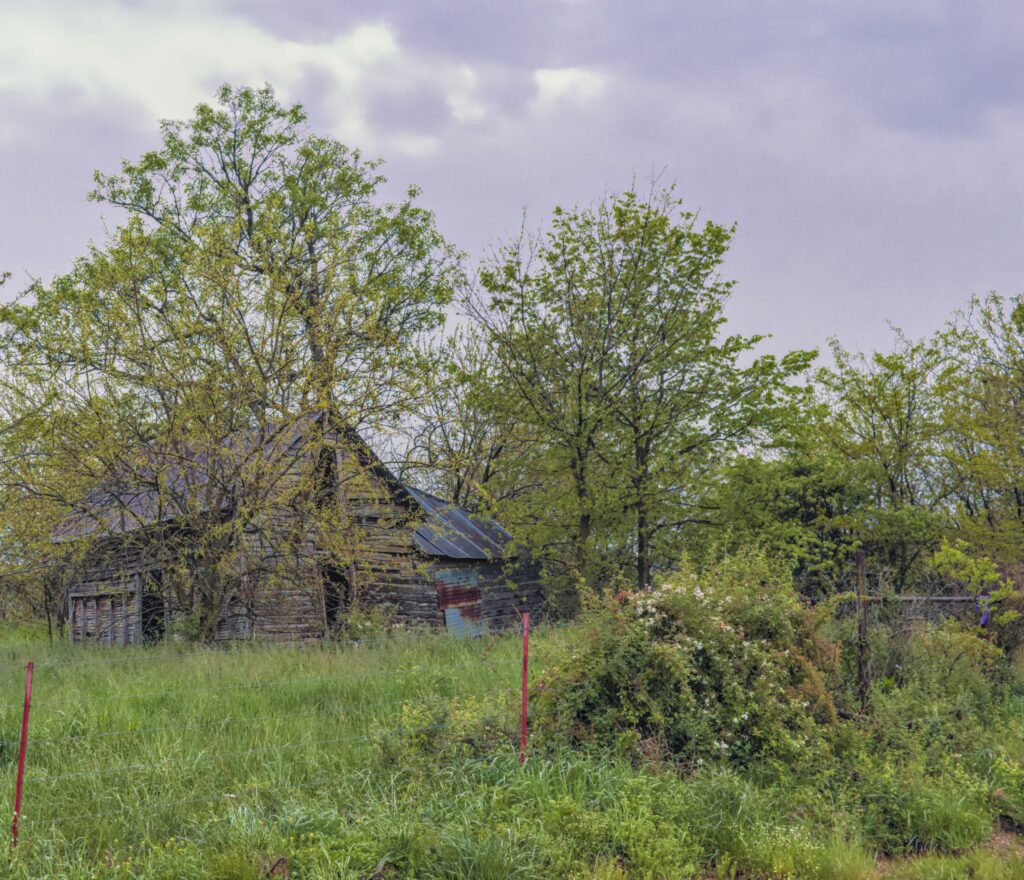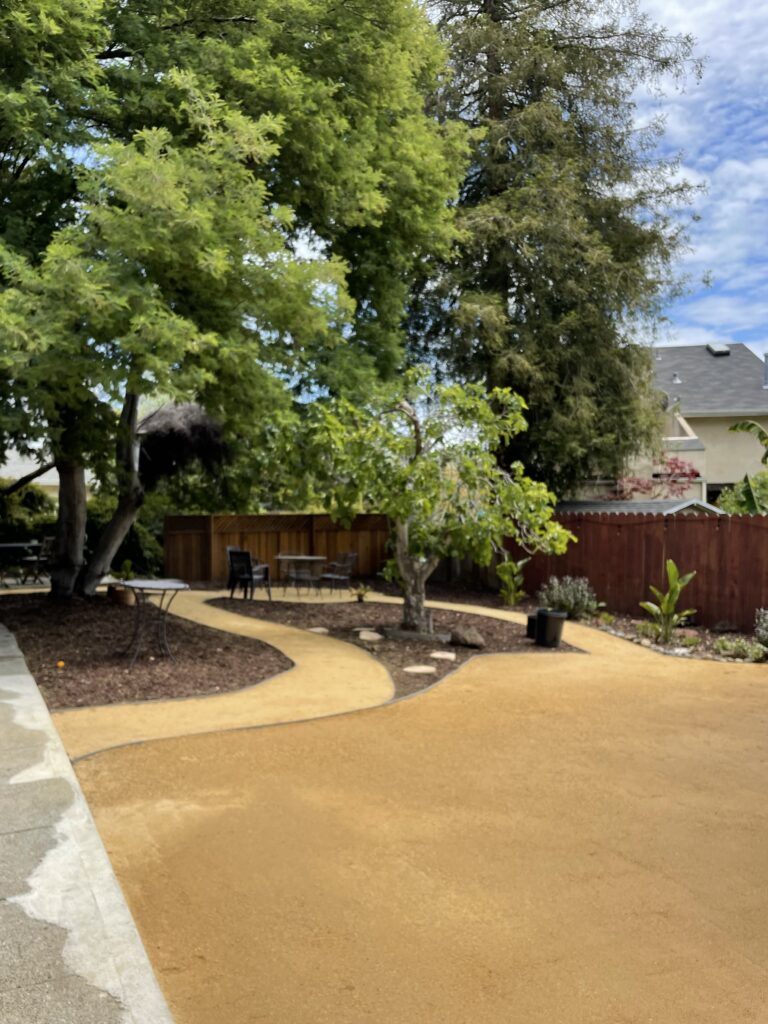Gardens can quickly become unmanageable if neglected. If you’re aiming to reclaim your garden space from overgrowth, the initial step is to clear out the excess vegetation. Managing an overgrown garden might seem daunting initially, given the various challenges like dealing with overgrown plants, soil quality, water management, and more, especially after prolonged neglect.
In this post, we’ll discuss a couple of strategies for tackling an overgrown garden so you can make the most out of your space! Let’s dive in:

1. Develop a Clear Plan
Before jumping into the work, it’s crucial to outline your final vision for the garden. Determine whether you aim to restore the existing features or opt for a complete overhaul, which will influence whether you trim or completely remove certain areas to prepare for further renovations.
2. Remove Debris Efficiently
Clearing out debris is a crucial step in reclaiming an overgrown garden. Here are some common types of debris you may encounter and effective methods for their removal:
- Tall Grass: Overgrown grass can hinder the overall aesthetics and functionality of your garden. Utilize a lawn mower with an adjustable cutting height to gradually trim down tall grass to an appropriate level. For areas with dense vegetation, consider using a brush cutter for more precision.
- Fallen Branches: Fallen branches not only create obstacles but can also pose safety hazards. Begin by clearing smaller branches manually using pruning shears or loppers. For larger branches, a chainsaw may be necessary. Always prioritize safety by wearing protective gear and assessing the stability of larger branches before removal.
- Overgrown Bushes: Overgrown bushes can be challenging to tackle, especially if they have thick, woody stems. Start by trimming away excess foliage using hedge trimmers or pruning saws. For larger bushes, consider using a powered hedge trimmer for efficiency. Gradually shape the bushes to desired sizes while maintaining their health.
- Weeds: Weeds can quickly take over neglected gardens. Hand-pull small weeds, ensuring you remove the entire root system to prevent regrowth. For larger weed-infested areas, consider using a weed trimmer or herbicide for effective control. Organic mulch can also help suppress weed growth while improving soil moisture retention.
- General Debris: Apart from vegetation, your garden may have general debris such as old garden tools, broken pots, or discarded materials. Collect and dispose of these items responsibly. Consider recycling or repurposing materials whenever possible to minimize waste.
When removing debris, it’s essential to work methodically, starting from one area and gradually moving across the garden. you may need a mower with lawn mower parts to tackle all the growth.
Dispose of green waste responsibly by composting organic materials or arranging for proper disposal through your local city services. Regular maintenance and proactive debris removal will contribute to a healthier and more manageable garden environment.
3. Prioritize Safety

Focus on Safety in High-Traffic Areas and Removal Zones
Ensure that walkways and areas to carry lawn mower clippings or removing fixtures like vegetable garden dividers are secure. If there are unstable elements like stairs, block them off and inform others about potential hazards. Store debris in designated areas to avoid carrying them over unstable ground.
Wear Protective Gear
Gardening involves potential risks from sharp objects, wildlife encounters, or accidents with tools. Utilize safety gear such as steel-toed boots, gloves, durable clothing, and appropriate hand tools to minimize injuries and ensure safe working conditions.
By following these safety measures, you can approach clearing an overgrown garden safely and efficiently. It’s true, home gardeners can face unexpected hazards in neglected spaces – particularly if structures like garden sheds or stairs are poorly maintained. Be aware when working in old, forgotten spaces like these.
Implementing these safety measures lays the foundation for successful garden restoration while reducing the risk of accidents or mistakes.




